SGGP
Within the framework of Ho Chi Minh City's Digital Transformation Week with the theme "Exploiting digital data, successful digital transformation" taking place on October 17 and 18, experts attending the workshop "Digital transformation promotes public services and cashless payments" all said that data plays an important role in digital payments - an inseparable part of the digital transformation process.
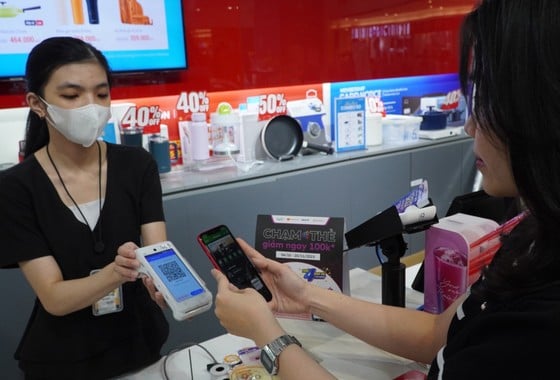 |
| Customers pay for shopping services using QR codes |
Service-shaping data
Currently, QR code payment has become a popular payment trend and the proportion of QR code payments is increasing. According to Napas, in the third quarter, VietQR payments doubled in number and reached more than 100 million transactions/month. On the Payoo system, QR code payments increased by 6% in number and 30% in value compared to the previous quarter. At the counter, QR code payments increased by 8% in number and nearly 20% in value. The proportion of QR code payments compared to other payment methods is about 20% for counter transactions and nearly 40% for online transactions. This proportion has grown steadily each quarter.
“In particular, if in the past, QR code payments were only popular in shopping and dining transactions, it is now also popular in the field of bill payments. Currently, bill services are also implementing QR code payments with the number of QR code transactions increasing 2.6 times compared to the second quarter of last year. One of the important reasons why QR payments lead the trend is because this form is promoted by the Government and is well received by businesses and users,” said a Payoo representative.
Mr. Nguyen Ba Diep, co-founder of MoMo, said that there are currently about 2.5 million users paying via MoMo for more than 90% of public administrative services on the National Public Service Portal and 1 million users for public services. According to statistics, MoMo is the top payment channel on the National Public Service Portal, accounting for 47% of total transactions on the Portal according to data from the third quarter of 2023 and Ho Chi Minh City is leading in promoting cashless payments for public services, with a rate of up to 45.4% for public administration and 39.86% for public services.
About 51.3% of customers aged 18-27 have chosen MoMo as a payment method on the National Public Service Portal, and 45.8% of young customers in this age group also use MoMo to pay for public administrative services... The above data shows the role of young people in accelerating national digital transformation.
“I believe that in the digital transformation process, especially in public services, young people are the main user group and the pillar in developing this field based on three factors. First, young people have the ability to absorb technology quickly; second, young people often use online services; and third, young people tend to share on social networking platforms and guide their relatives to use them. Therefore, if we focus on customers aged 18-27, the digital transformation process in all fields will progress faster,” Mr. Nguyen Ba Diep shared.
Towards data standardization
Deputy Governor of the State Bank of Vietnam Pham Tien Dung said that data and data analysis, exploitation and connection are decisive factors in the success of the process of promoting cashless payments and digital transformation in the banking industry.
“For the banking industry, developing and effectively exploiting digital data is one of the tasks and solutions to achieve the goal of digital transformation in the banking industry, as well as promoting the development of cashless payments. Data not only helps banks authenticate and identify customers, but also, through technology applications, analyze and grasp consumer behavior and trends, thereby making decisions in developing and supplying products and services to meet market demand and improve operational efficiency,” Deputy Governor Pham Tien Dung emphasized.
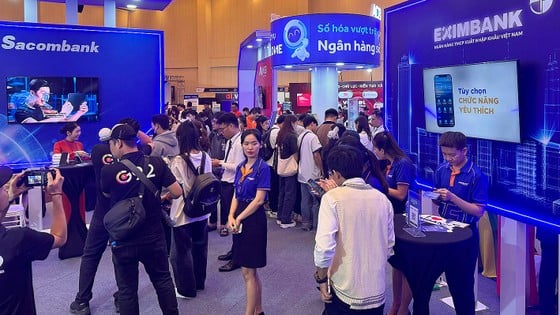 |
Banks demonstrate technology at the event "Exploiting digital data, successfully transforming digitally" |
According to the survey results on cashless payment activities by IDG Vietnam, by mid-May 2023, 41% of transactions did not use cash, compared to 28% in 2020. Of which, the two most popular payment methods are via app/QR Code (66%) and payment via POS machine (1-touch, NFC) with 14% of respondents using. The majority of consumers use cashless payments to buy and sell on e-commerce platforms (87%), transfer money (77%)...
In recent times, the State Bank and banks and payment intermediaries have been actively implementing the application, connection, sharing and exploitation of population data information in banking operations, especially payment and credit to promote the development of non-cash payments and digital transformation in the economy . A series of banks, financial institutions and payment intermediaries have participated in exhibitions, introducing many new technologies in banking.
In the coming time, the State Bank is expected to continue to coordinate with ministries, branches, and People's Committees of provinces and cities to deploy tasks and solutions in the Project on developing non-cash payments for the 2021-2025 period, the Digital Transformation Plan, and Project 06 of the banking sector. This will focus on perfecting the legal framework to promote digital transformation, including policies on connection and data exploitation; ensuring that banking application systems operate safely, effectively, and are capable of connecting and integrating with other systems, especially in the public administration sector, expanding the digital ecosystem to serve online payments with seamless and convenient services.
Source








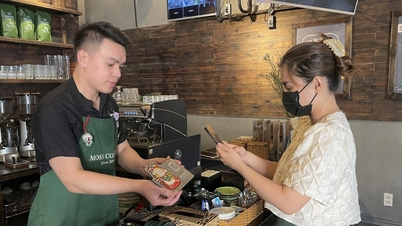





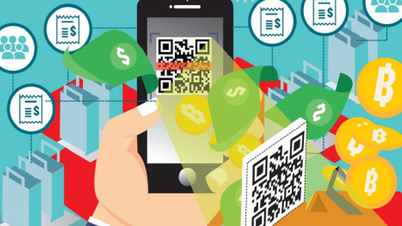

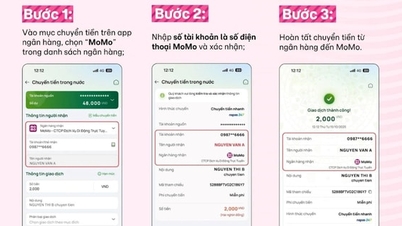

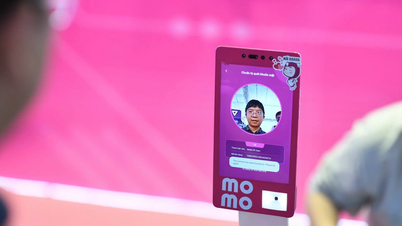





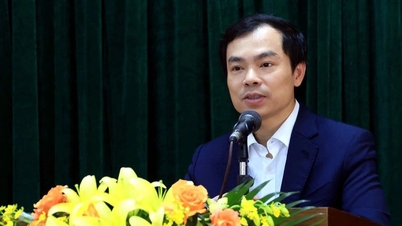

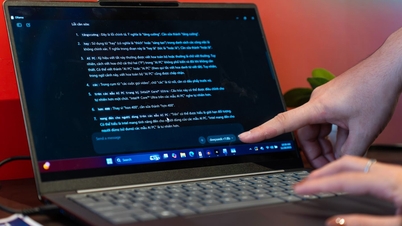

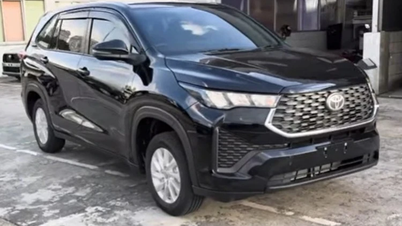






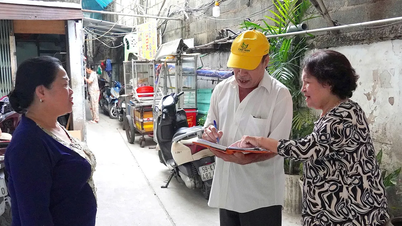












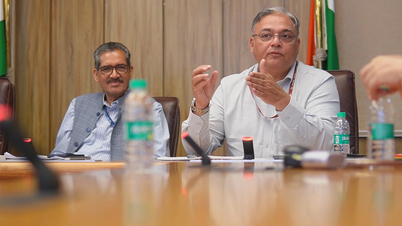
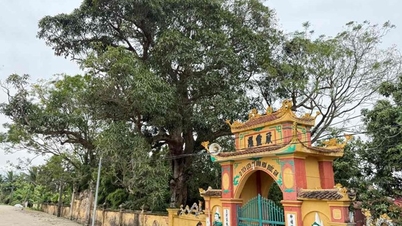










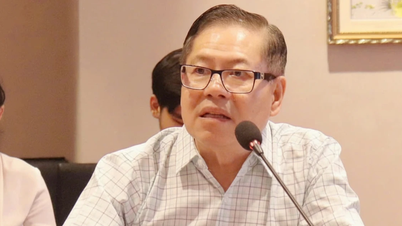


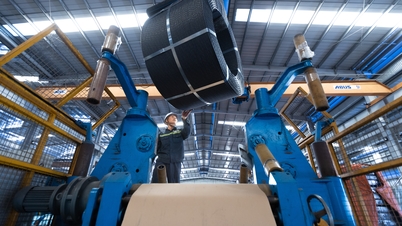




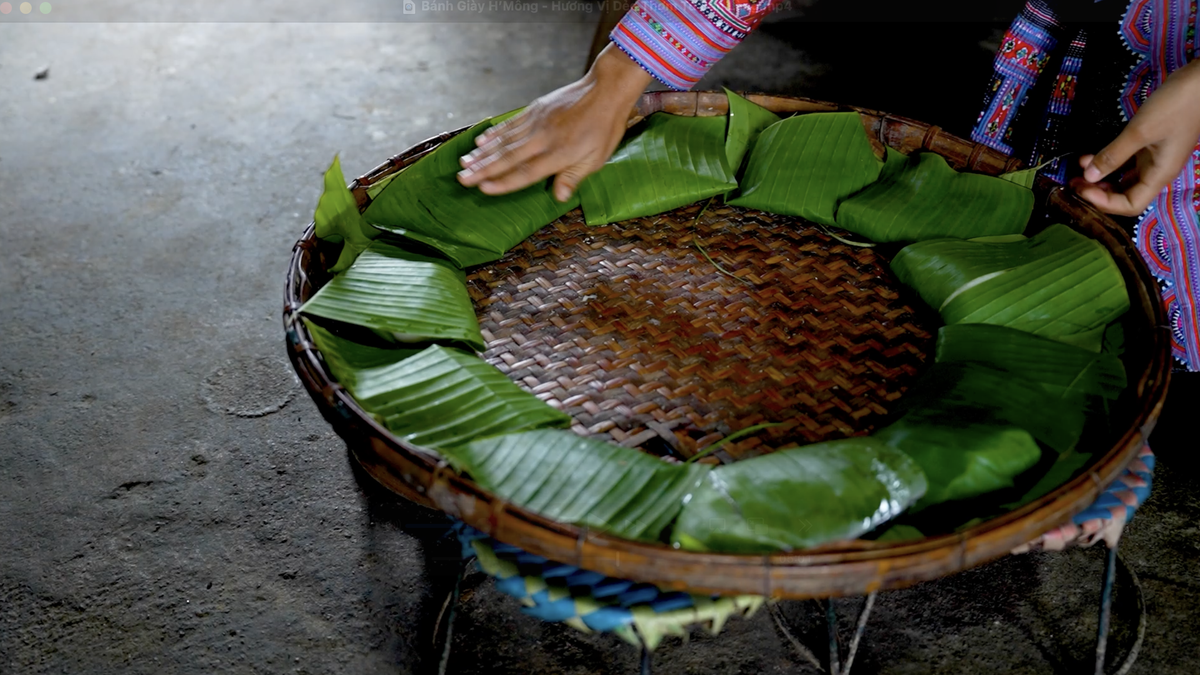

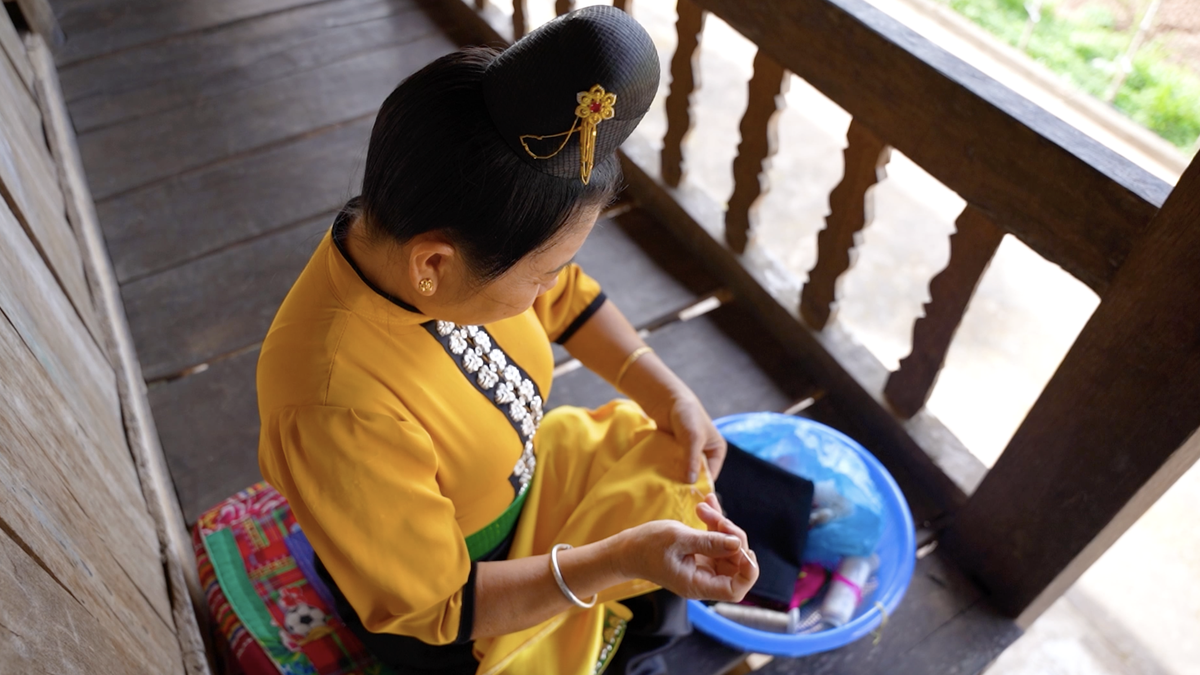



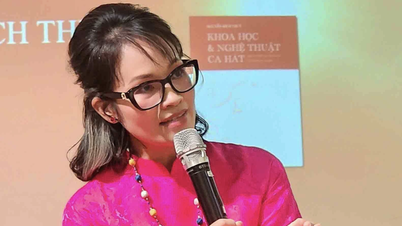



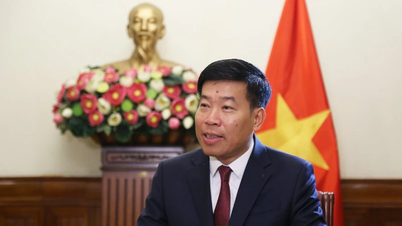



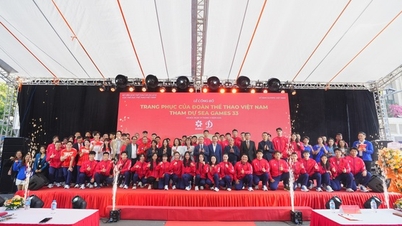

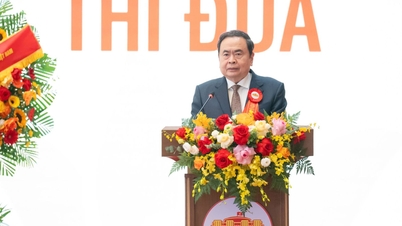


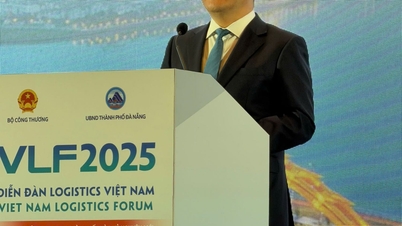
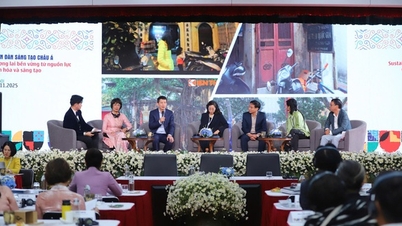
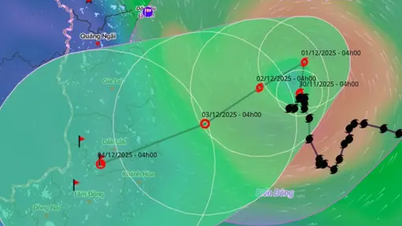

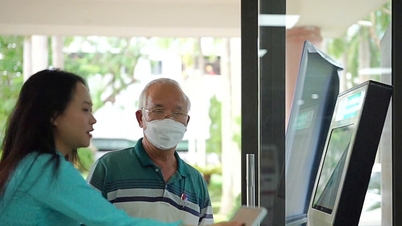


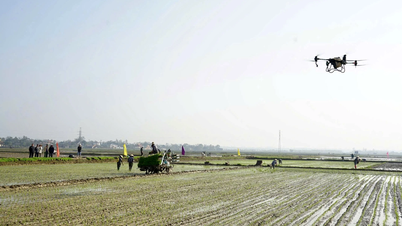















Comment (0)